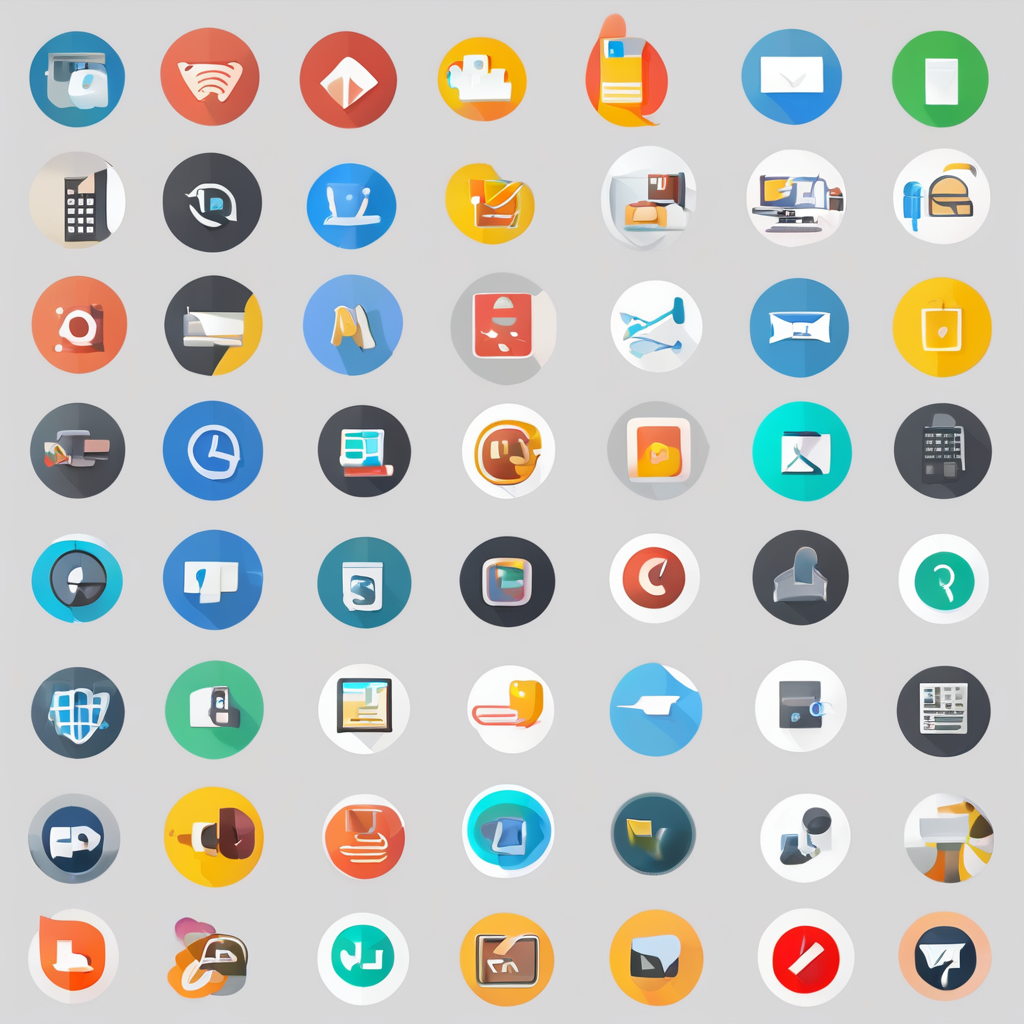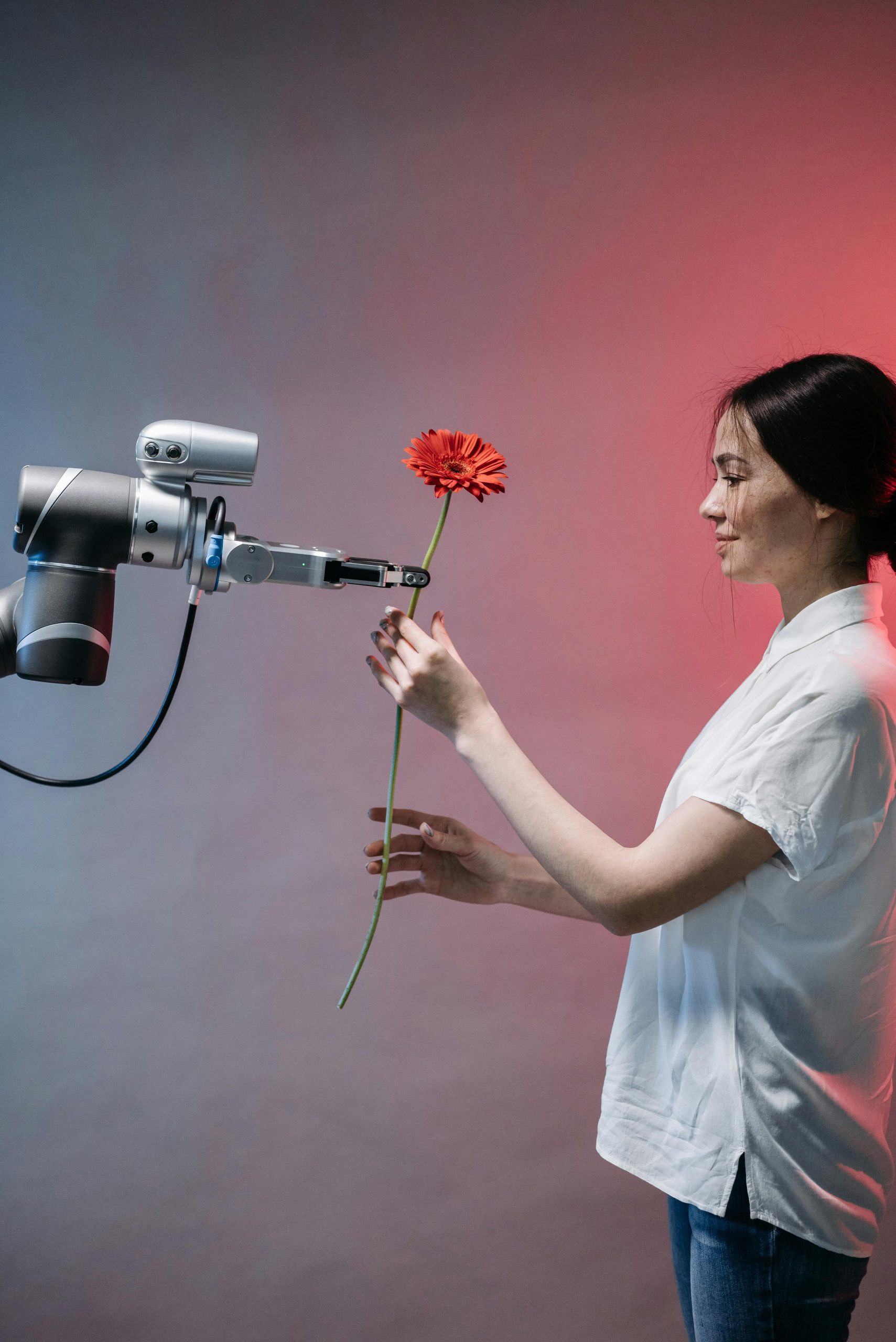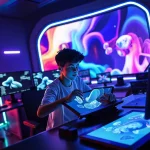AI-powered character creation reshapes how creators design unique personas for stories, games, and animation. By automating complex details, these tools unleash creativity faster and with greater precision. Exploring practical platforms and techniques empowers you to bring vivid, original characters to life, enhancing your storytelling or game development projects with innovative AI-driven solutions.
Essential tools and methods for AI-powered character creation
When users explore AI character creation today, a wide range of platforms cater to different design needs. Modern tools leverage machine learning for character development—delivering AI-powered character design, automated character generation, and even ultra-realistic 3D avatars for gaming, digital art, and professional presentations.
Also to read : What Emerging Trends Are Shaping the Future of Marketing in the UK Computing Sector?
AI character creation follows a clear workflow: begin with text prompts to describe your envisioned persona, select desired attributes (such as style, gender, or activity), and let the AI suggest or render visual models. Platforms like DeepAI offer streamlined access—allowing creation from text input and presenting options for virtual character modeling and AI-driven avatar customization. Emerging 3D generators accept simple parameters and quickly draft detailed, photorealistic characters.
Usability is key. Leading solutions provide intuitive interfaces—often with Google sign-in support, cloud-based storage, and sharing options. Membership models are common; for example, some systems grant a set number of standard and advanced (or “Genius Mode”) images each month, while additional creations are available for a small fee. Importantly, AI-generated images are typically available for both personal and commercial use, adding flexibility to creative workflows. Users should be mindful of image resolution, as higher-quality outputs may require upgraded plans.
Also read : Explore innovative ai character creation tools to unleash your imagination
Real-world applications of AI character generation across creative industries
Gaming, animation, and story-driven media integration
AI character generation is transforming content development by accelerating the design cycle and enhancing creative output. Using the SQuAD approach for precision: AI-assisted game character creation enables artists to generate prototypes rapidly and iterate unique avatars with fewer manual revisions. In animation and digital storytelling, AI character design tools empower creators to quickly craft consistent, expressive personas, strengthening narrative immersion. Features like AI-driven fantasy character design allow for dynamic adaptation and fine-tuning of visual traits, streamlining asset production for indie games, MMOs, and animated series.
Business, marketing, and digital communications uses
In commercial settings, ultra-realistic AI digital human creation is streamlining communication. Professional avatars can be tailored for virtual presenters, customer service reps, or branded characters, enhancing engagement in pitches, explainer videos, and digital events. Automated character generation supports branding consistency while saving time in asset development, contributing to more cost-effective marketing strategies.
Creative experimentation: from virtual fitness coaches to musicians and digital actors
AI character creation’s flexibility extends to innovative domains. Brands now deploy virtual fitness coaches, musicians, and digital actors for interactive campaigns. Platforms support character role-play, voice synthesis, and deep behavioral modeling, expanding creative expression. This encourages exploration of new storytelling formats and interactive experiences, empowering creators to prototype, test, and launch digital personas with unprecedented efficiency in 2025.
Quality, Ownership, and Ethical Implications of AI-Generated Characters
Copyright, Public Domain Status, and Commercial Use Guidelines
Stanford Question Answering Dataset (SQuAD) method:
All images produced using certain AI character creators, such as DeepAI’s 3D Character Generator, are classified as public domain. This means creators do not retain ownership or copyright over generated content. Anyone can use these images for commercial purposes, including projects like NFTs, advertising, or branding, without restriction or the need to credit the tool.
For users seeking to integrate AI-generated characters into professional contexts—such as business presentations, digital storytelling, or marketing materials—this legal clarity allows for worry-free deployment. However, it’s wise to stay informed, as legal frameworks for AI-generated art may evolve in 2025.
Resolution, Quality Limitations, and Recommendations for Use Cases
AI-generated characters currently exhibit limits in resolution and print quality. Outputs are typically suited for digital applications or small-scale print projects. Larger prints may become blurry, impacting presentation. For brand identities or high-impact visuals, test image clarity before finalizing designs. Advances are expected, yet creators should remain mindful of this constraint for now.
Ethical Considerations and Best Practices for Creators
Ethical AI use in character creation requires attention to privacy, personalization, and authenticity. Always disclose when imagery is AI-generated, especially in sensitive contexts. Avoid the generation of misleading likenesses or deepfakes and respect individual privacy when customizing characters with real-world references. Creative exploration is encouraged, yet responsible deployment ensures positive outcomes for audiences and creators alike.
Expert tips and community resources for mastering AI character creation
Learning paths: beginner to advanced tutorials and workflow optimizations
Precision = number of tokens shared between correct answer and prediction / number of tokens in prediction
Recall = number of tokens shared between correct answer and prediction / number of tokens in correct answer
Beginner’s guides help unlock core steps: entering text prompts, choosing character models, and adjusting traits such as style and personality are essential. For those further along, workflow optimizations—like batch-generating similar characters or leveraging multi-layered prompts—can drastically improve efficiency and creativity. AI-powered platforms generally enable users to refine outputs through guided tutorials and community-uploaded resources, providing building blocks for anyone eager to master the process.
Community forums, sample galleries, and ongoing AI character design trends
Active communities—within forums and galleries—facilitate the sharing of personalization techniques and troubleshooting insights. Users frequently exchange prompt templates, showcase AI-generated character portfolios, and discuss design trends, such as the rising demand for hyper-realistic 3D avatars and unique character archetypes. This support network encourages rapid learning and fosters a spirit of experimentation.
Practical troubleshooting and pro tips for personalization and creative enhancement
Adapting an AI character generator’s settings to match project needs makes a significant difference, especially in customizing AI-generated characters for storytelling or professional use. Pro tips emphasize experimenting with prompt variety, leveraging sample character galleries for inspiration, and consistently reviewing new AI features to stay aligned with evolving tech and style possibilities.






